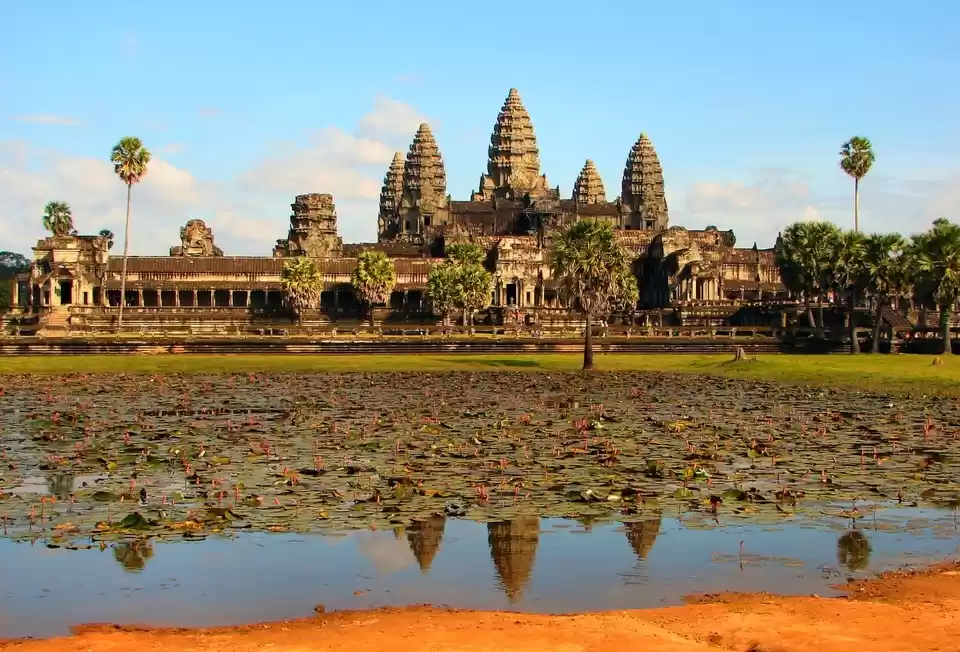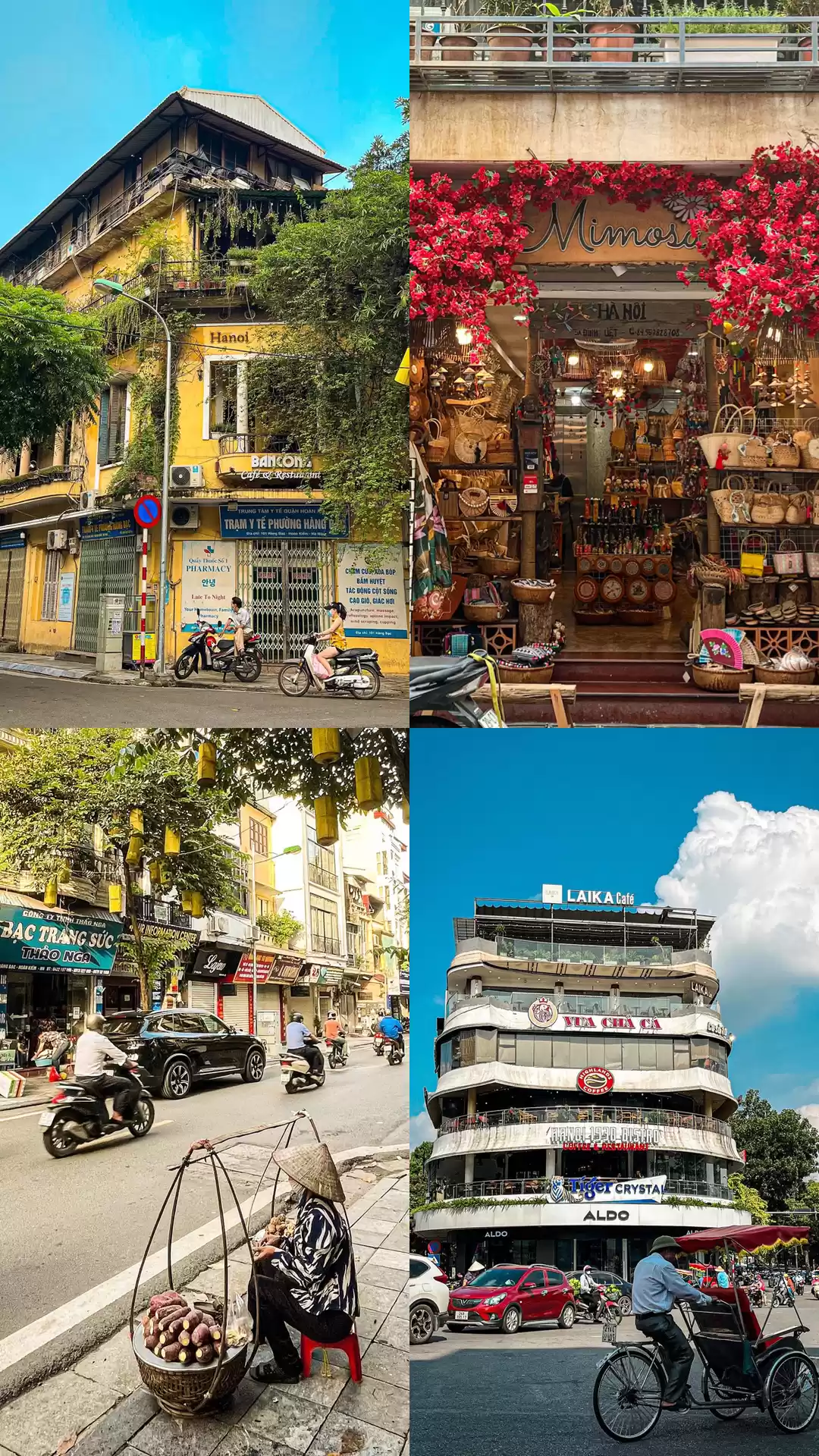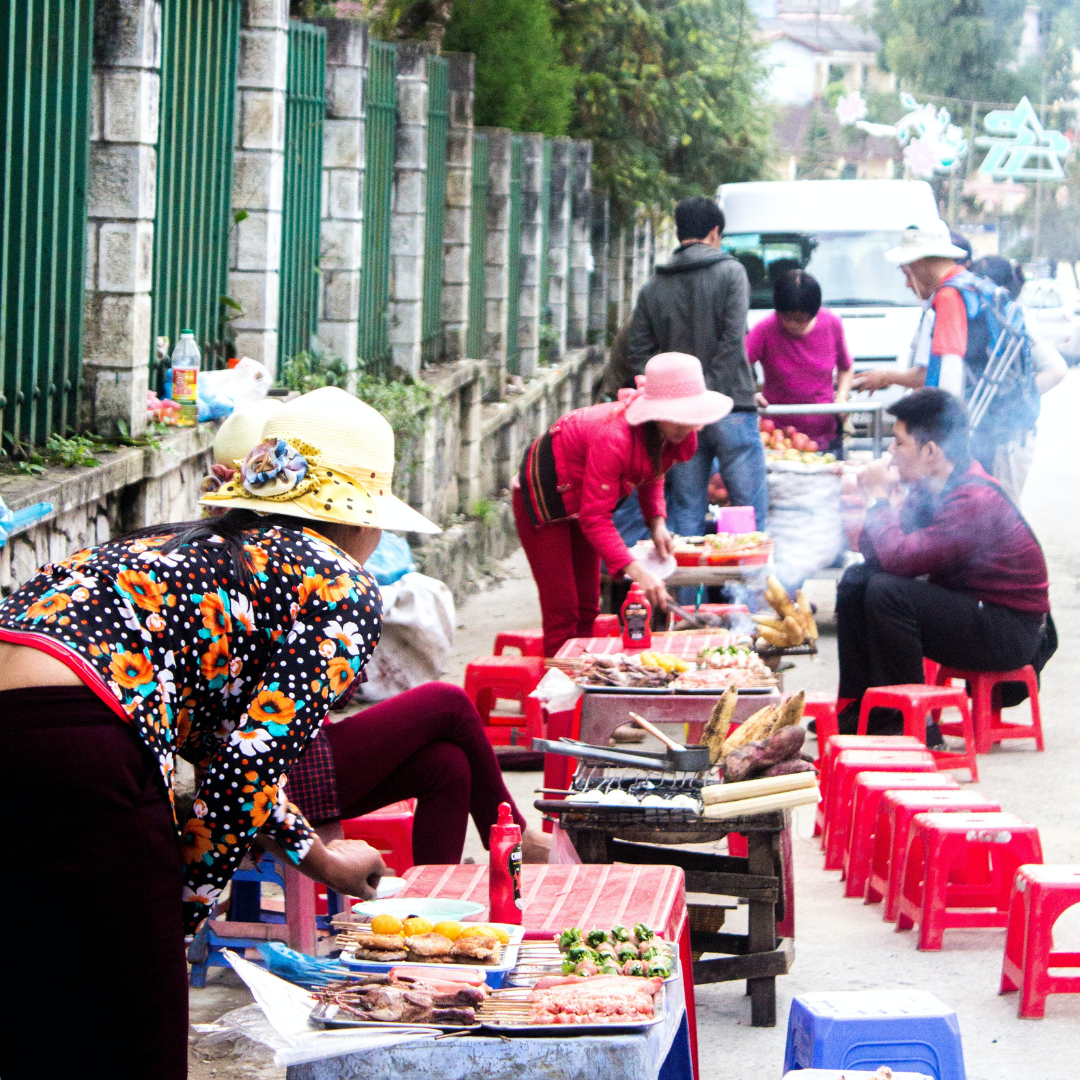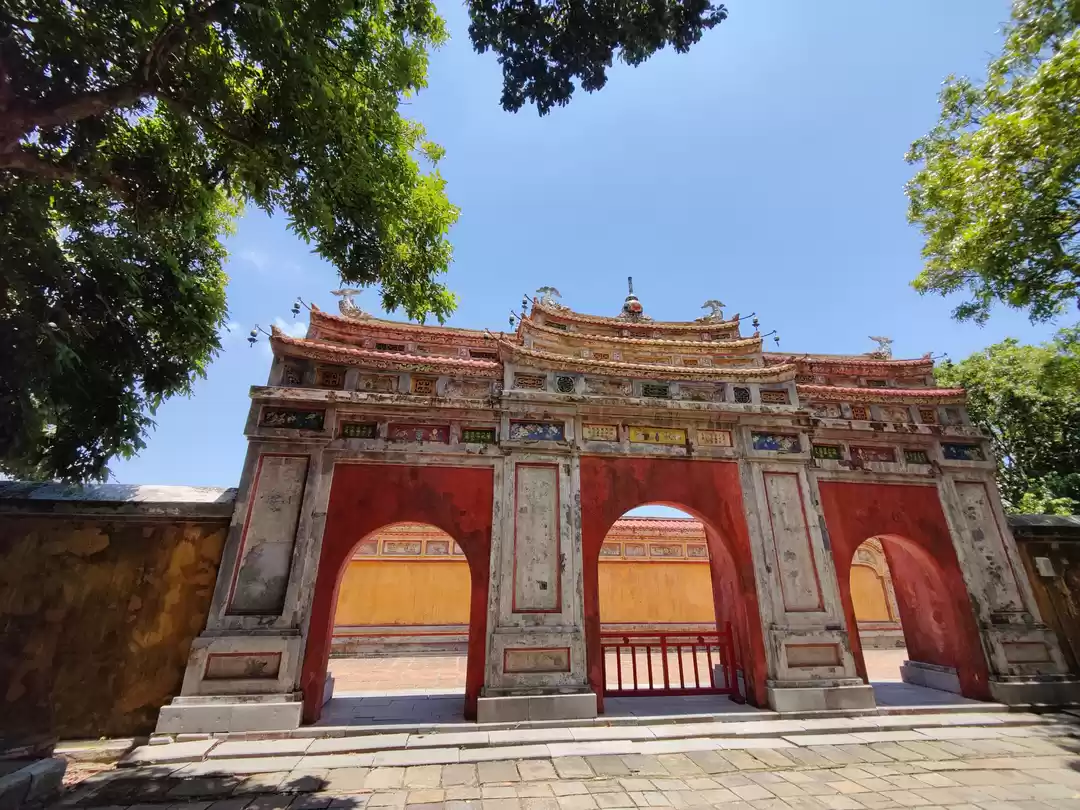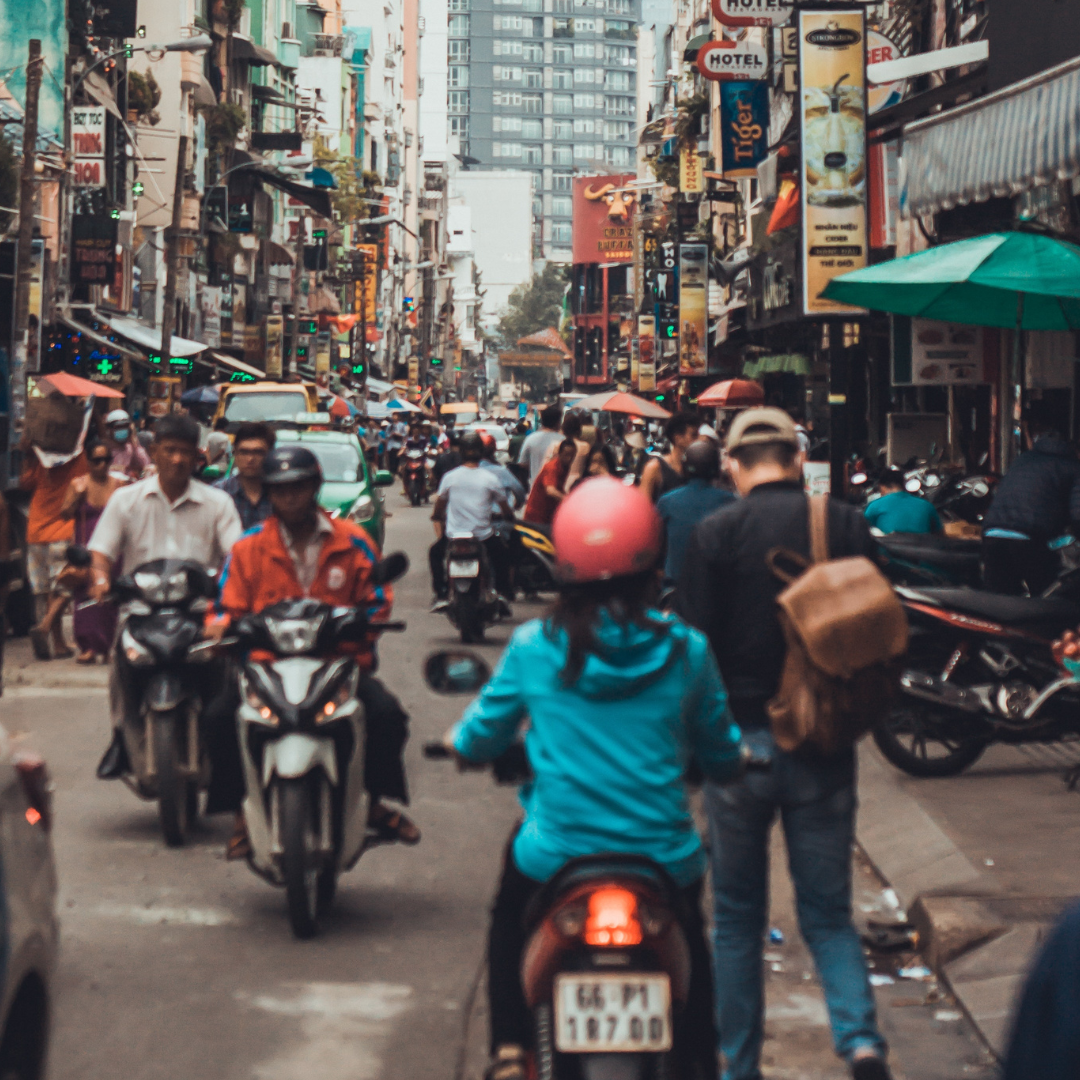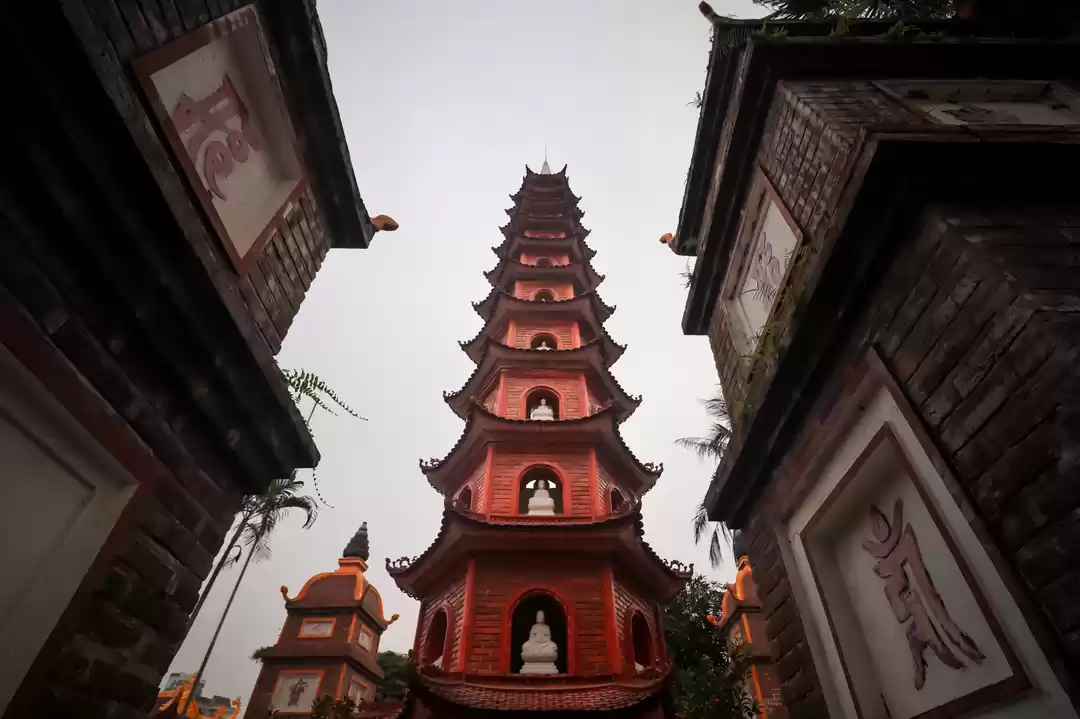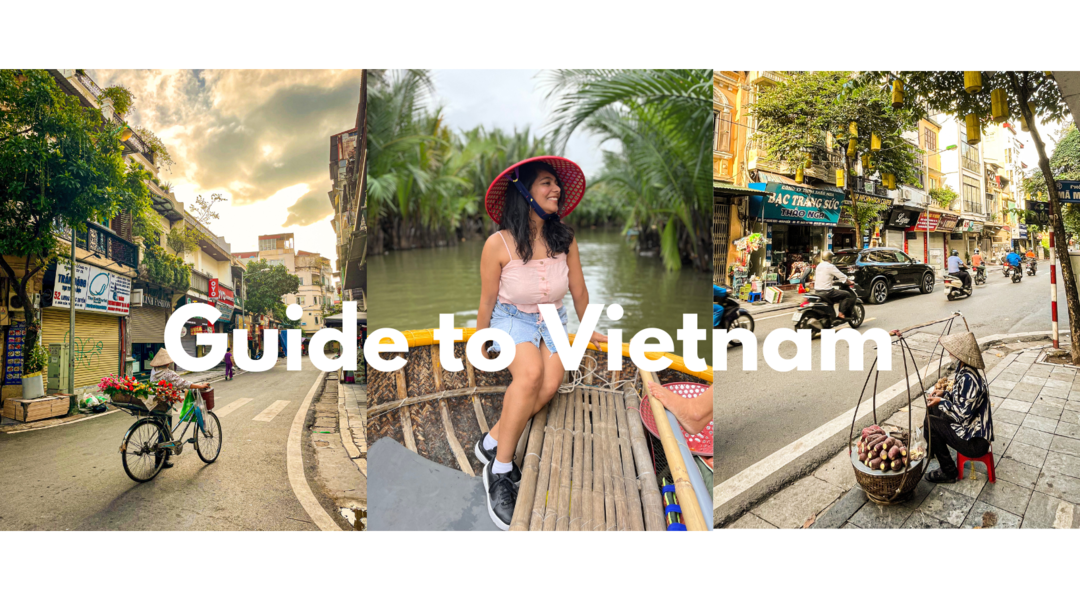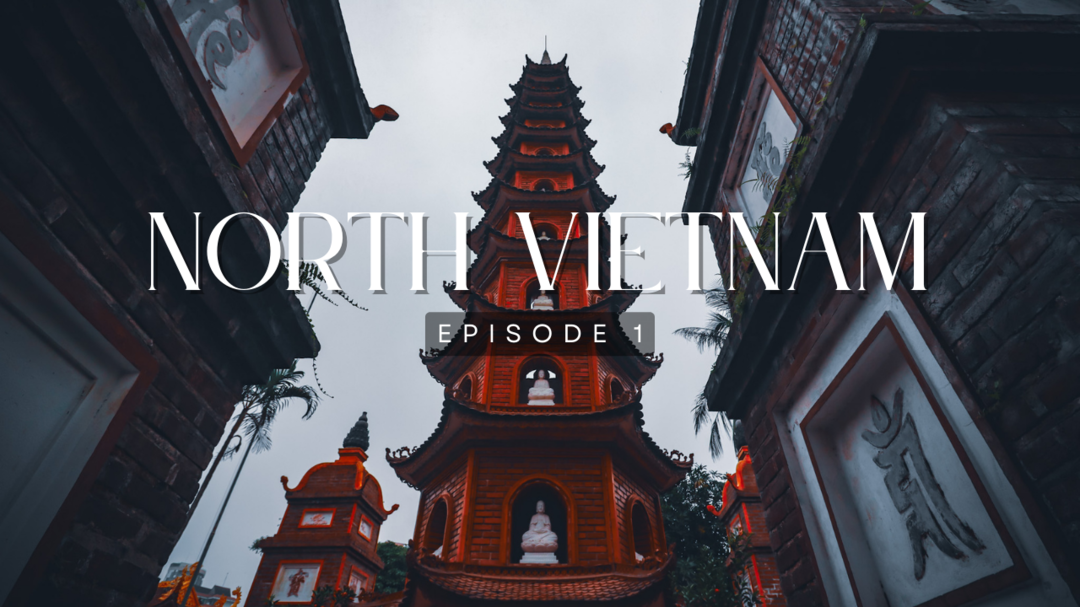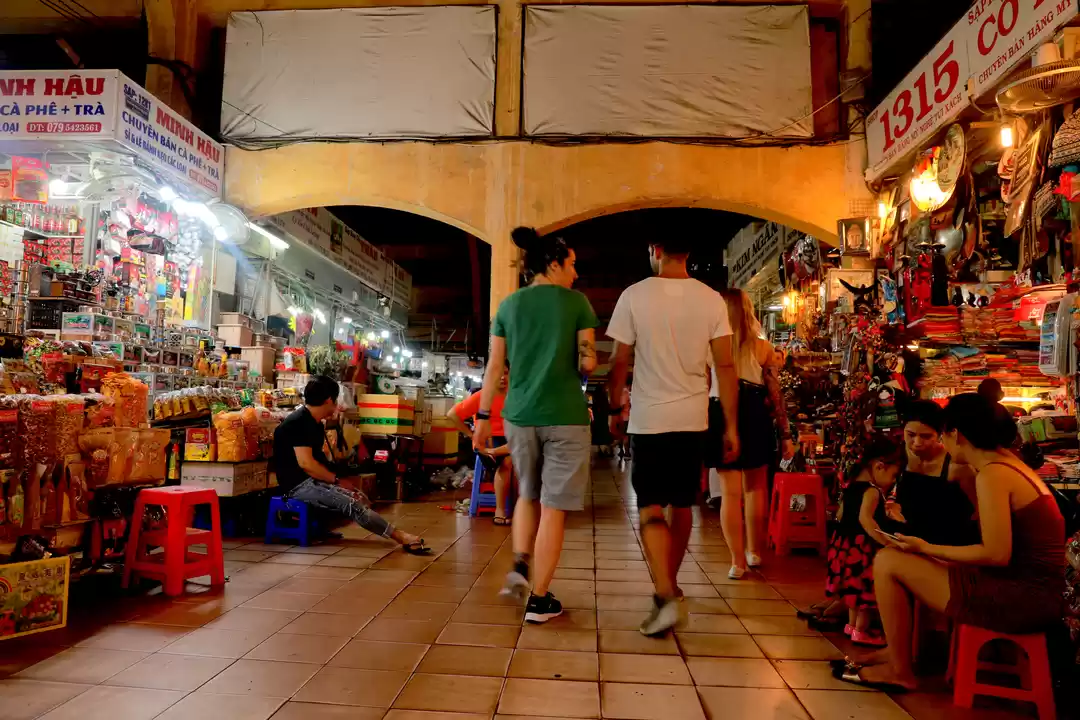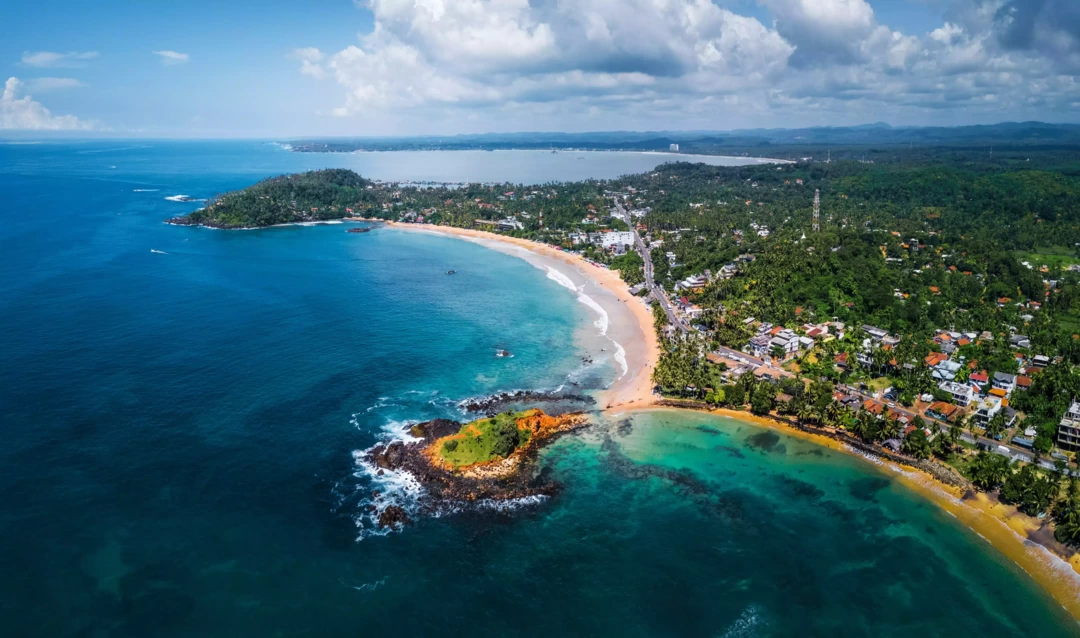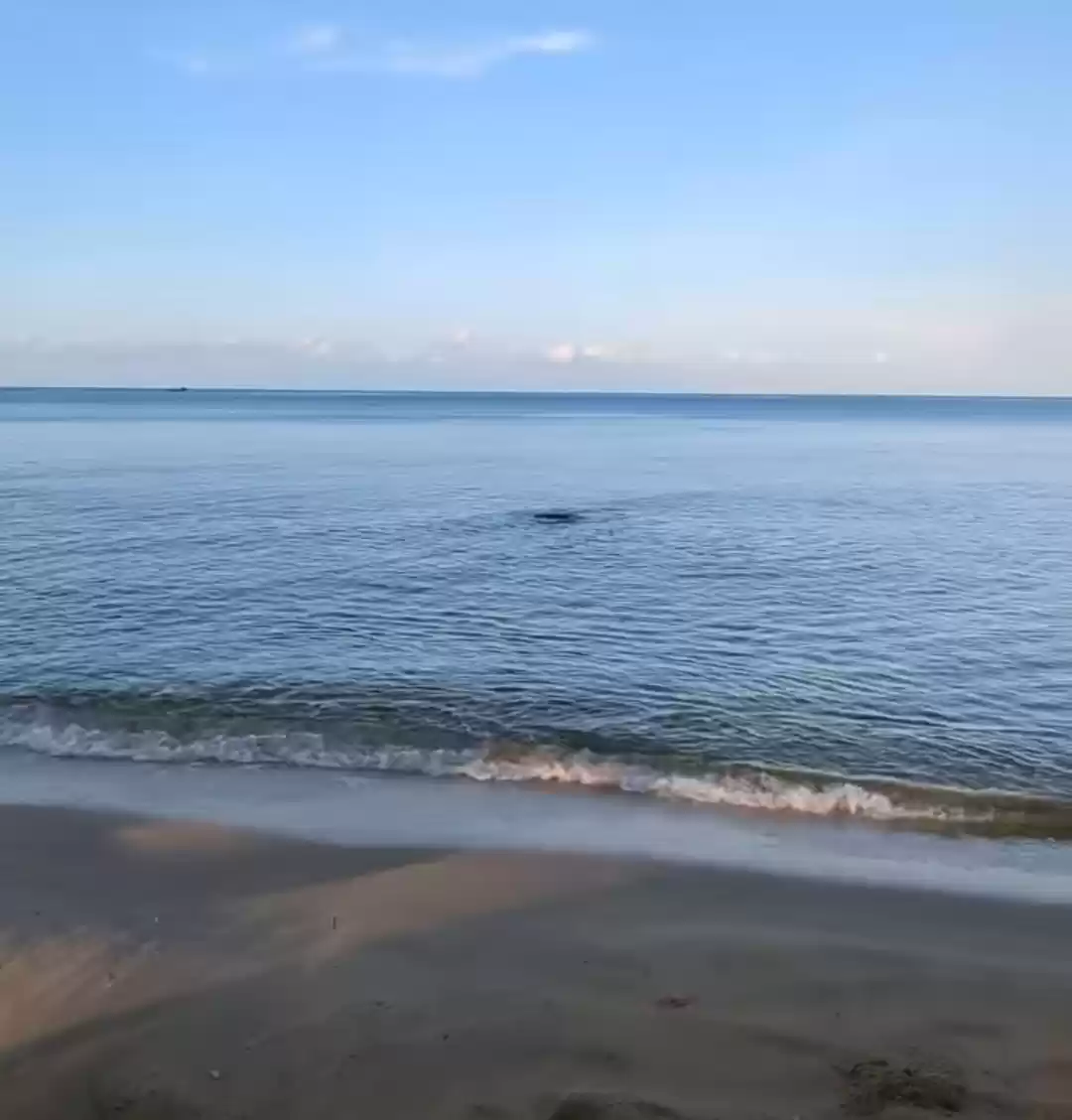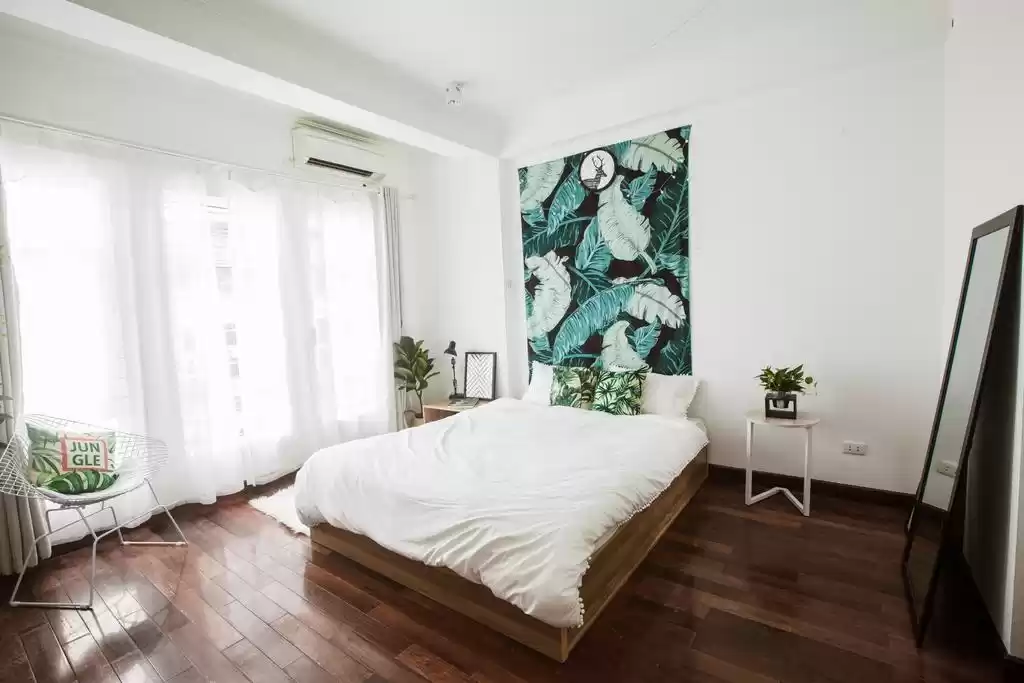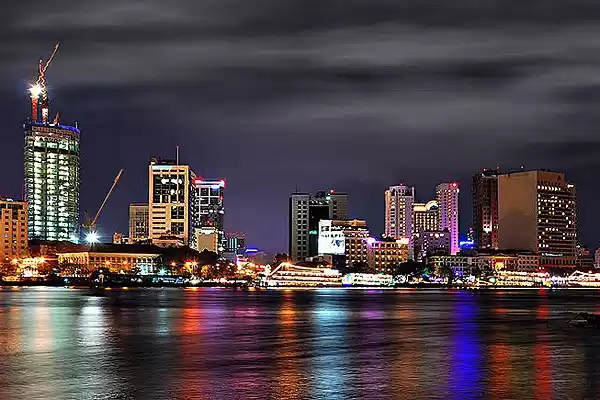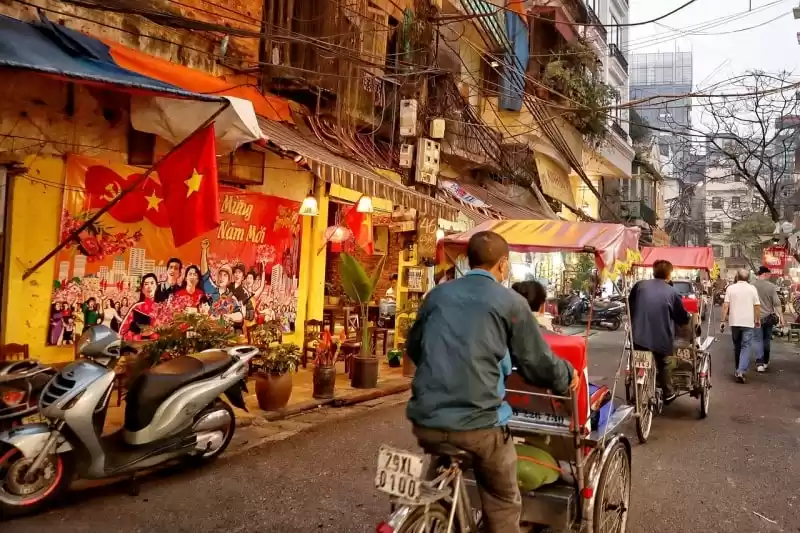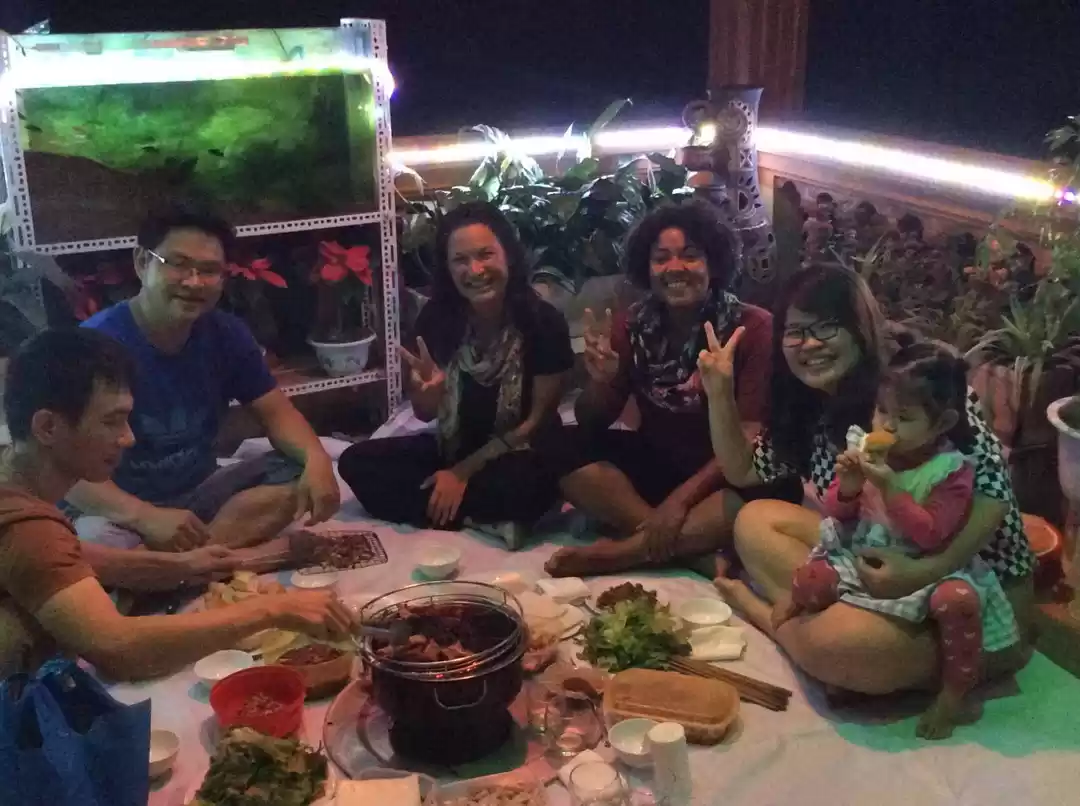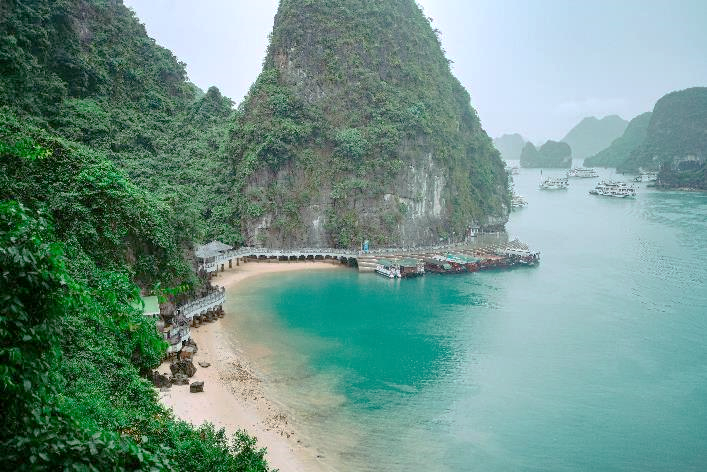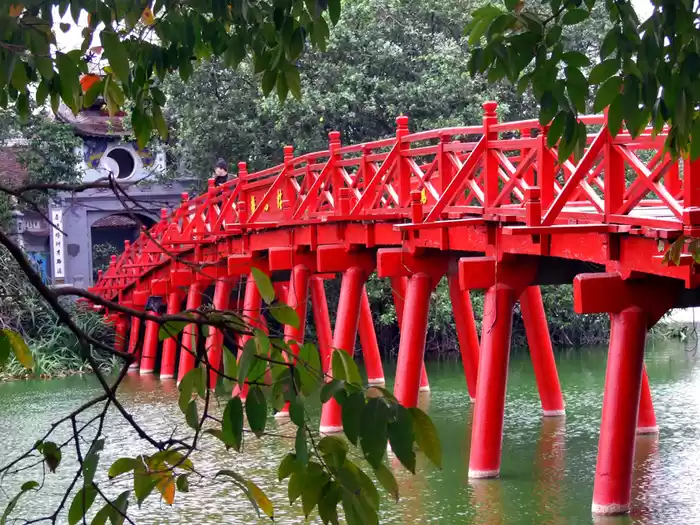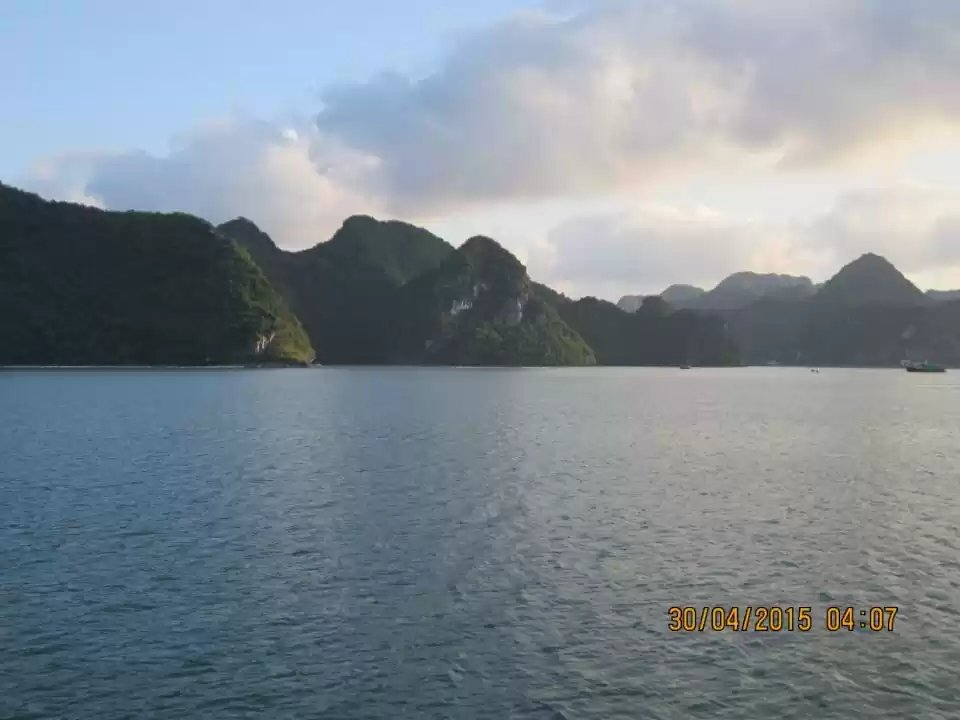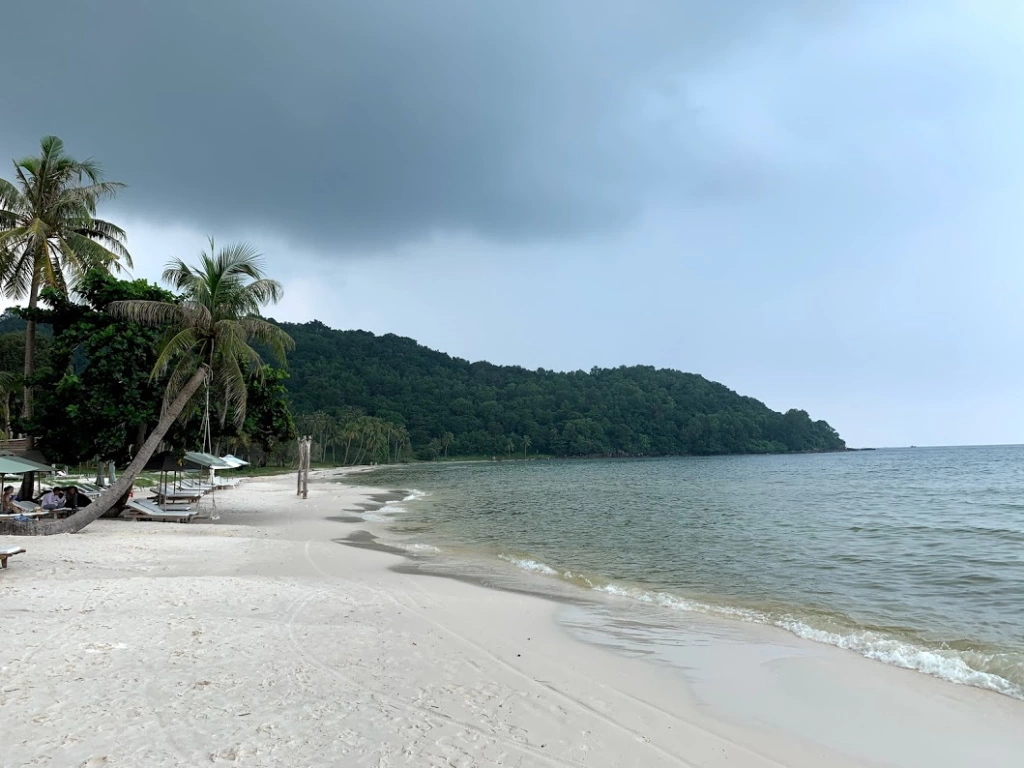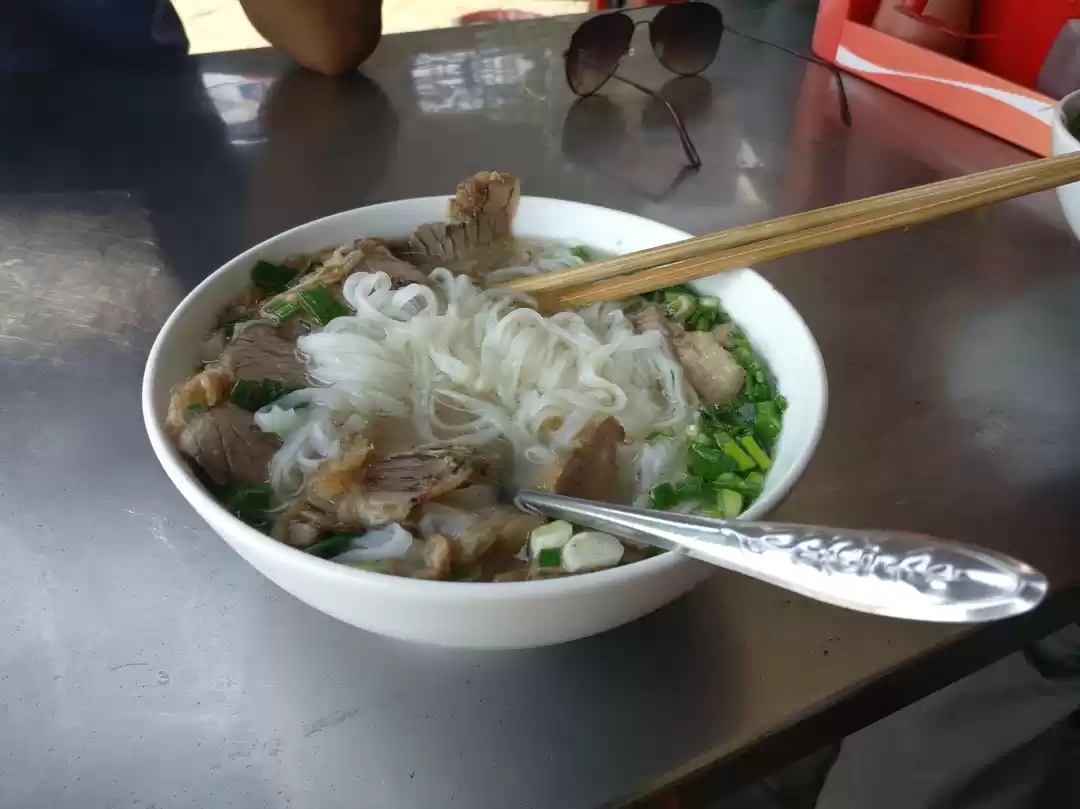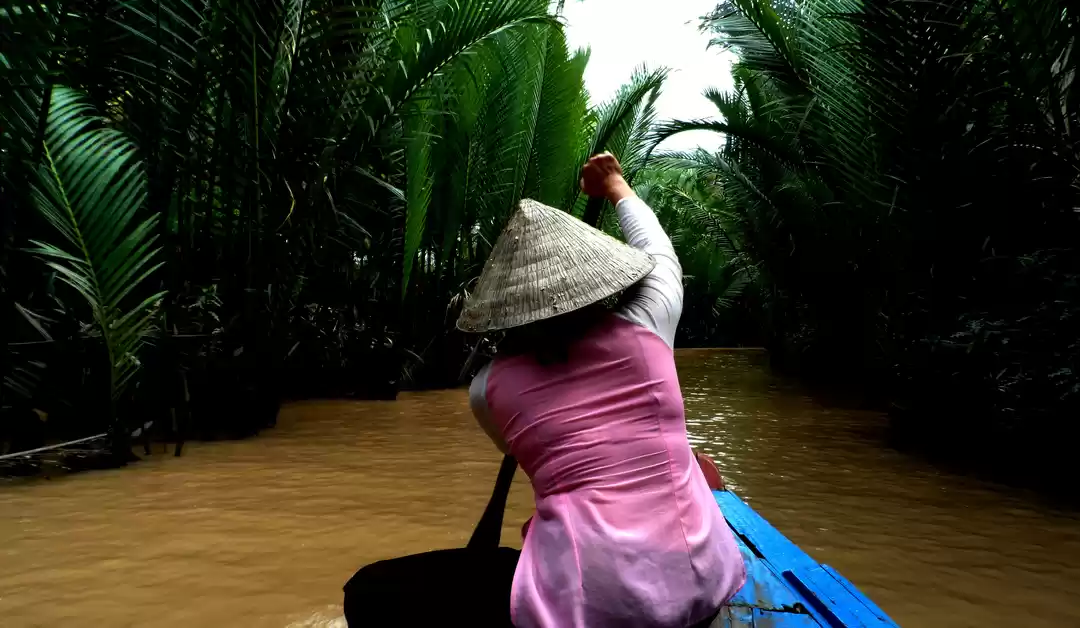
Vietnam has a very long coastline - around 3,444 km from the north to the south. There are many beautiful beaches along the coastline of Vietnam, which may be the simplest place for your vacation.
There are some famous beaches which you ought not to miss when traveling in Vietnam:

1. Nha Trang:
Nha Trang is found in the south-central coastline, Khanh Hoa Province and famous for its pristine beaches, excellent skin diving. A gorgeous beach with fine and clean sand, clear ocean water with mild temperatures makes Nha Trang become a famous destination whenever in the year. it's very easy to urge into Nha Trang by flight, train or car from Hanoi, Da Nang or Ho Chi Minh
Come to Nha Trang, and you ought to stay in resorts with a private beach and a touch far from the town centre. There are some famous beach resorts for tourist: Mia Resort Nha Trang, Diamond Bay, Ana Mandara, Vinpearl.

2. Mui Ne:
Mui Ne is found in Southern Vietnam coastline and fashionable tropical beach; strong sea breezes with tourists who love kite surfing and windsurfing. The weather in Mui Ne, likes in Nha Trang, mild temperatures, so it's a suite for beach vacation most time of year.
You can visit Mui Ne by car (04 hours’ drive from Ho Chi Minh), by train from Hanoi or Ho Chi Minh.
Some famous resort in Mui Ne: Phu Hai Resort, Unique Mui Ne, Sea Link Resort, Mui Ne Bay...
Combine with beach vacation; you furthermore may discover Mui Ne Sand Dunes, Temples, and Fairy Stream...

3. Phu Quoc:
Phu Quoc is a perfect tourist destination for nature and sea lovers; It is also ideal heaven for relaxing, snorkelling and skin diving. Located in Phu Quoc Island - the biggest Island in Vietnam, Kien Giang Province, Phu Quoc Beach has many white areas of sand, calm seas and warm waters.
The best time to visit Phu Quoc is from Oct-March when the sky is usually sunny, clear and blue.
It is also very easy to visit Phu Quoc; you'll fly direct from Hanoi/ Ho Chi Minh/ Can Tho or take the speedboat from Rach Gia.
Some famous resort in Phu Quoc for your vacation: Long Beach, La Veranda Resort, Saigon Phu Quoc, Thanh Kieu Beach.
There are the three most beautiful beaches that you shouldn't miss when deciding to possess a beach vacation. Besides those beaches, there are many other favourite beaches along with Vietnam like My Khe (China Beach - Da Nang), Non-Nuoc (Da Nang), Cua Dai (Hoi An), Lang Co (Hue), Nhat Le (Quang Binh)
Tips When Traveling to Vietnam:
You're just a couple of days far away from your Vietnam adventure travel holiday and scrambling to seek out out the maximum amount as possible before you go. With the ideas below, the sole thing you'll feel before you continue your family adventure vacation is excitement!
When to Go: Know the Climate
Vietnam's climate is complex, and seasons vary, counting on your destination. The north is warm, dry and sunny between September and December, though you will need warm clothes for cold evenings within the mountains. December to February is often surprisingly hard, with temperatures as low as 10*C (50F). The season starts in June with heavy downpours.
The Central region features a wet climate, though the season lasts from February to May, after which it is humid and rainy, with temperatures around 30*C (86F). Between November and January, the rains subside. The season within the lower East Coast and South lasts from December to May and is followed by a season. Daily temperatures here rarely fall below 20*C (68F), and mostly rain falls briefly downpours.
Money and Valuables:
• Put the credit cards, Cash, and valuables in a safe place. Most 4-star hotels have in-room safes; otherwise, ask the reception to store valuables in their safe deposit.
• Never carry extra money than you would like nor wear large amounts of jewelry when walking along the road. In Vietnam, it's considered impolite to flaunt wealth, and you're more likely to be a pickpocket's victim.
• Monetary transactions are best made to take advantage of the local currency, the Dong. Vietnamese merchants also will gladly accept USD but bring along small bills. ATMs dispense only large bills, which may be difficult to interrupt.
• Credit cards are utilized in massive cities but could also be difficult to use in smaller towns.
What to Wear:
In Vietnam, the code is casual but conservative. Unless you propose dinners at ultra-upscale restaurants, there's no need for formal clothes. When packing, the most thing to think about is that the weather is often cold within the northern mountains and, at an equivalent time, hot and humid on the central coast.
• For winter months within the mountains, long jeans and a warm coat are necessary. For the more tropical areas, quick-drying and lightweight clothes are appropriate.
• Rain can catch you anywhere in Vietnam, so lightweight rain gear is important.
• Good hiking shoes for treks are a requirement, and sandals and flip-flops are good for coastal destinations.
• Dress appropriately to not offend local people. Clothing should be kept simple and discreet. Avoid wearing shorts, tank tops or low necklines.
Additional Useful Accessories:
• Bring along an honest sun-protectant as local products are unreliable.
• A wide-brimmed hat to shade your face and neck and sunglasses with high UV protection are necessary.
• Though there aren't mosquitoes within the towns and cities, bug repellent supported natural ingredients is suggested for itineraries, including treks and forested areas.
• To be safe, bring an additional pair of reading glasses or orthopedic shoes if you wear them.
• For conventional cameras, many film and additional batteries are necessary, as these have virtually disappeared in Vietnam. For digital cameras, equipment is quickly available.
Follow Local Customs
• Remove shoes when entering temples, pagodas or Vietnamese homes.
• it's considered extremely rude to wear shorts or dresses and tops with low necklines and bare shoulders to temples and pagodas.
• Handshaking is that the normal way of greeting in Vietnam. But Vietnamese people shouldn't be touched on the top.
Shopping in Vietnam:
Vietnam may be a bargain hunter's haven with Hanoi, Saigon and Hoi A top shopping destinations.
• Hanoi's Old quarter is superb for visitors, its streets crammed with small shops selling clothes, fabrics, gold and every one manner of articles.
• Hanoi's Dong Xuan Market and Saigon's Ben Thanh Market are both worth visiting.
• For "designer-styled" clothing, Hoi An is that the place to travel.
• Hill tribes within the north and Central Highlands sell colorful hand-crafted goods and silk paintings.
• Bargaining may be a cultural 'must' and good-natured as "saving face" is extremely important in Vietnam.
If you are interested in knowing more about Vietnam Trip, visit the website “Atypik Vietnam”. This site is the storehouse of amazing travel Vietnam travel tips which help you to know more about the country.





